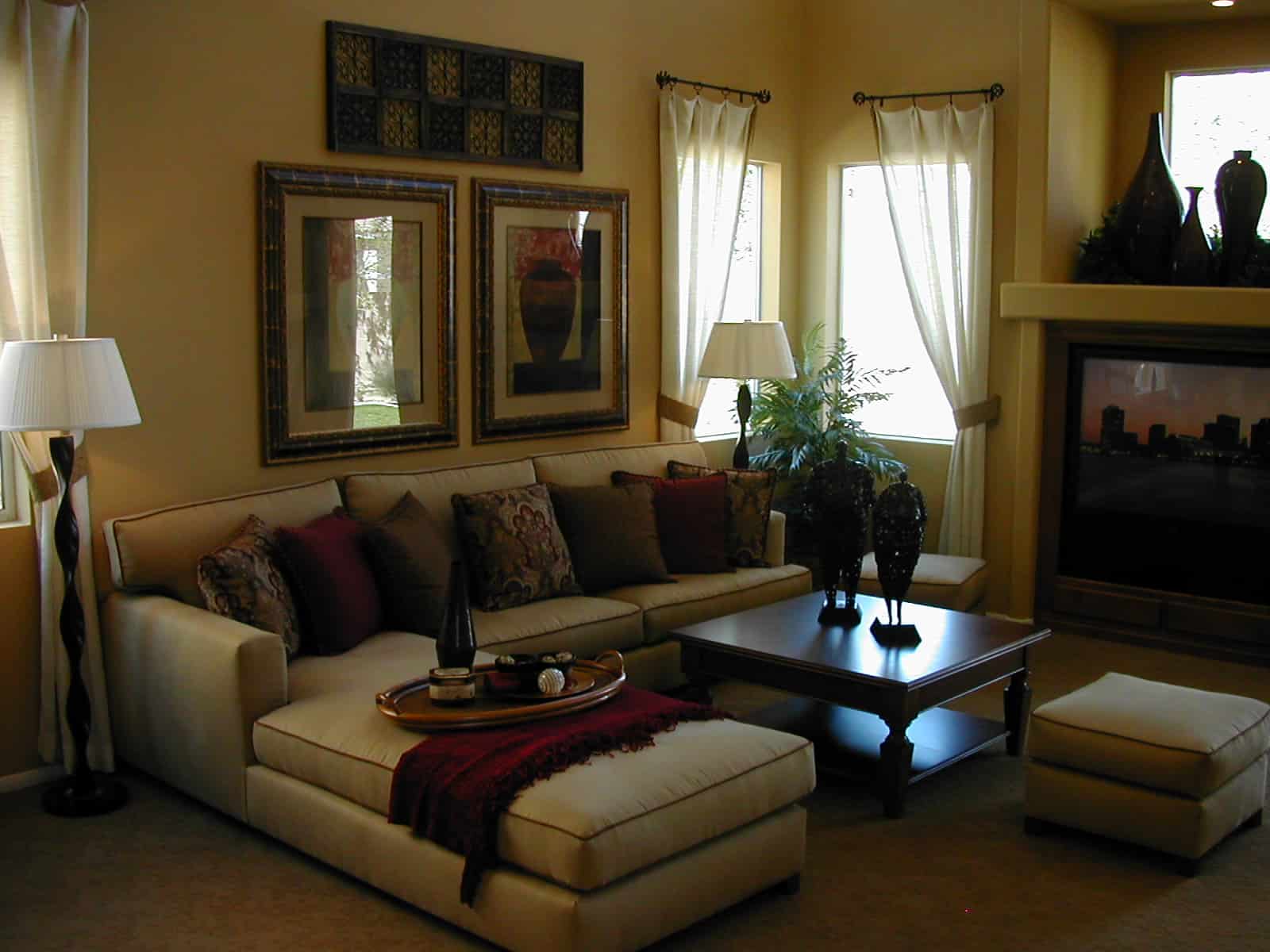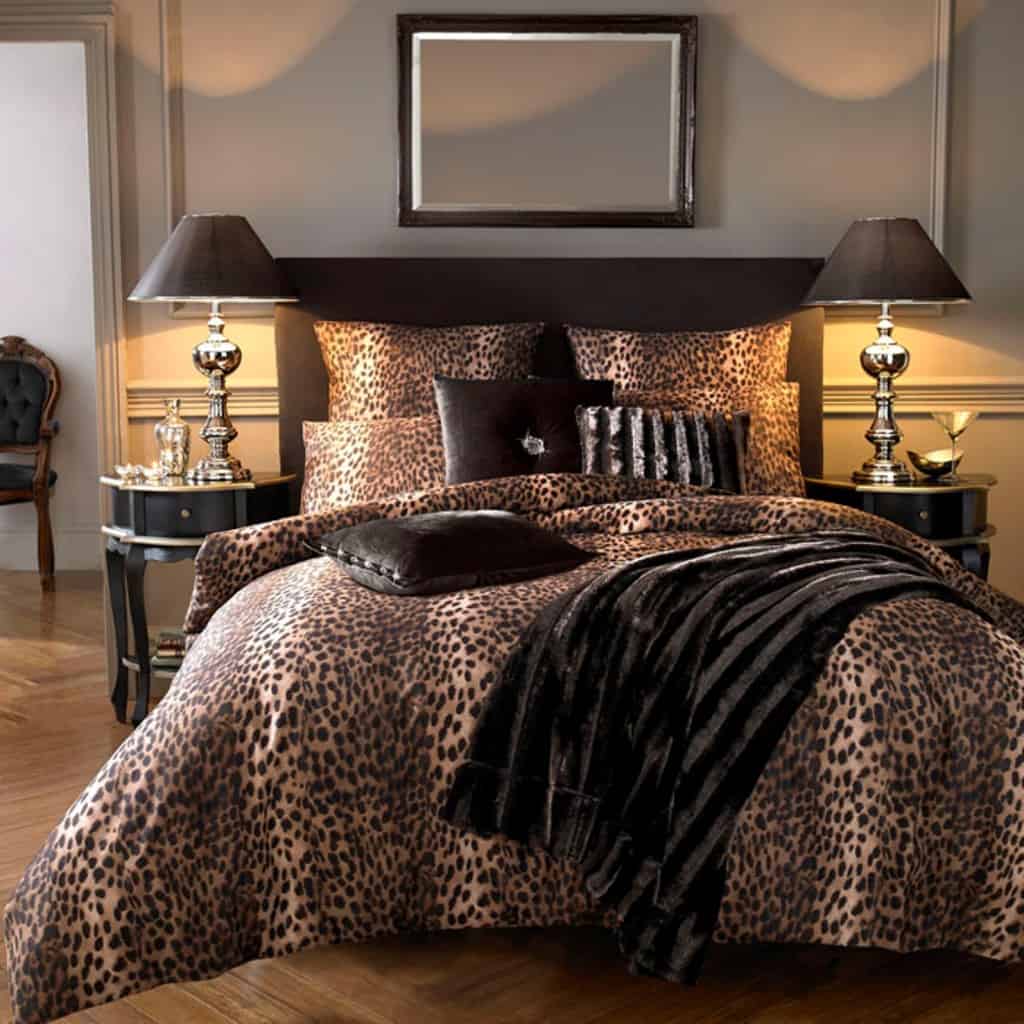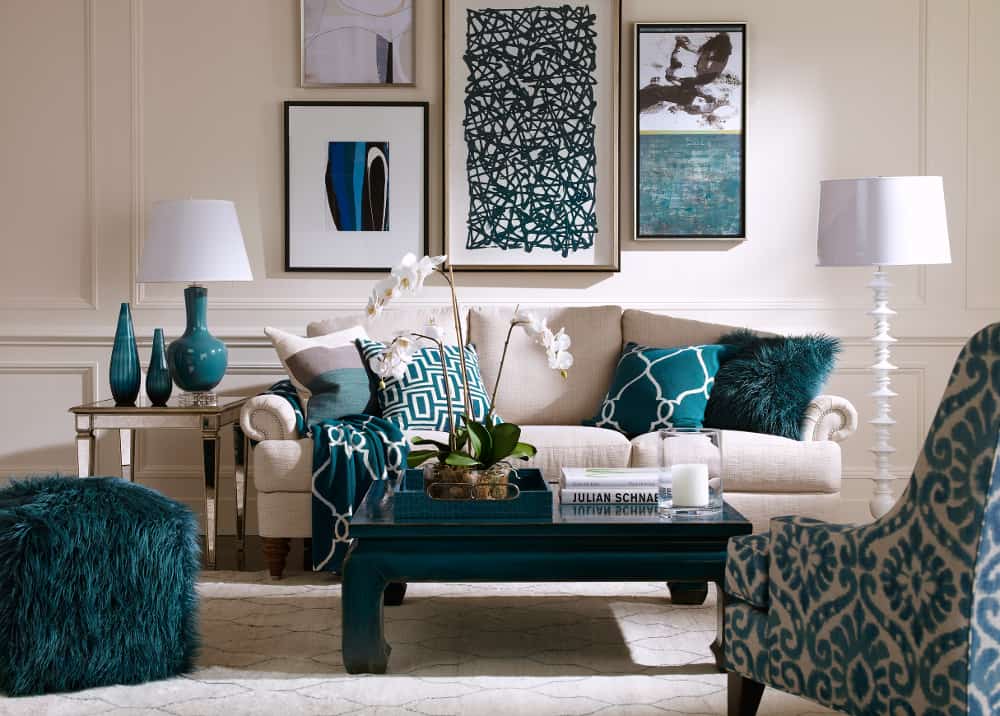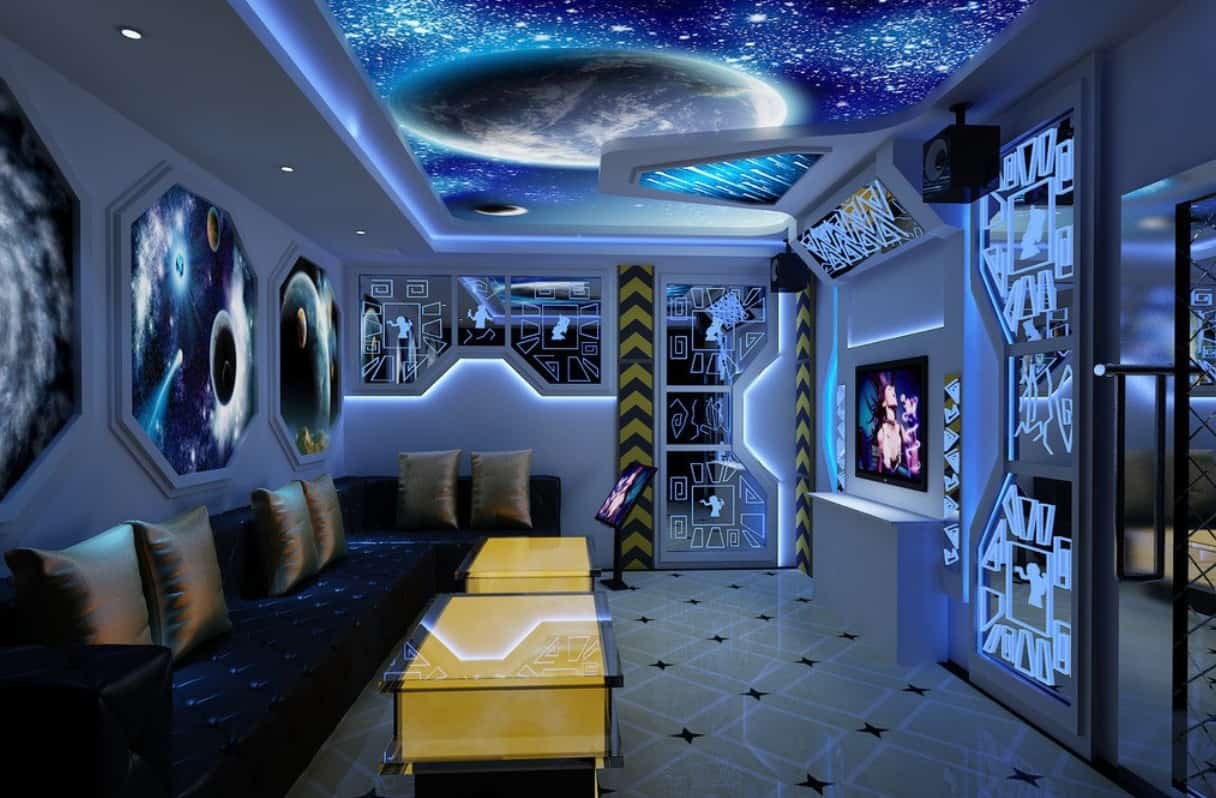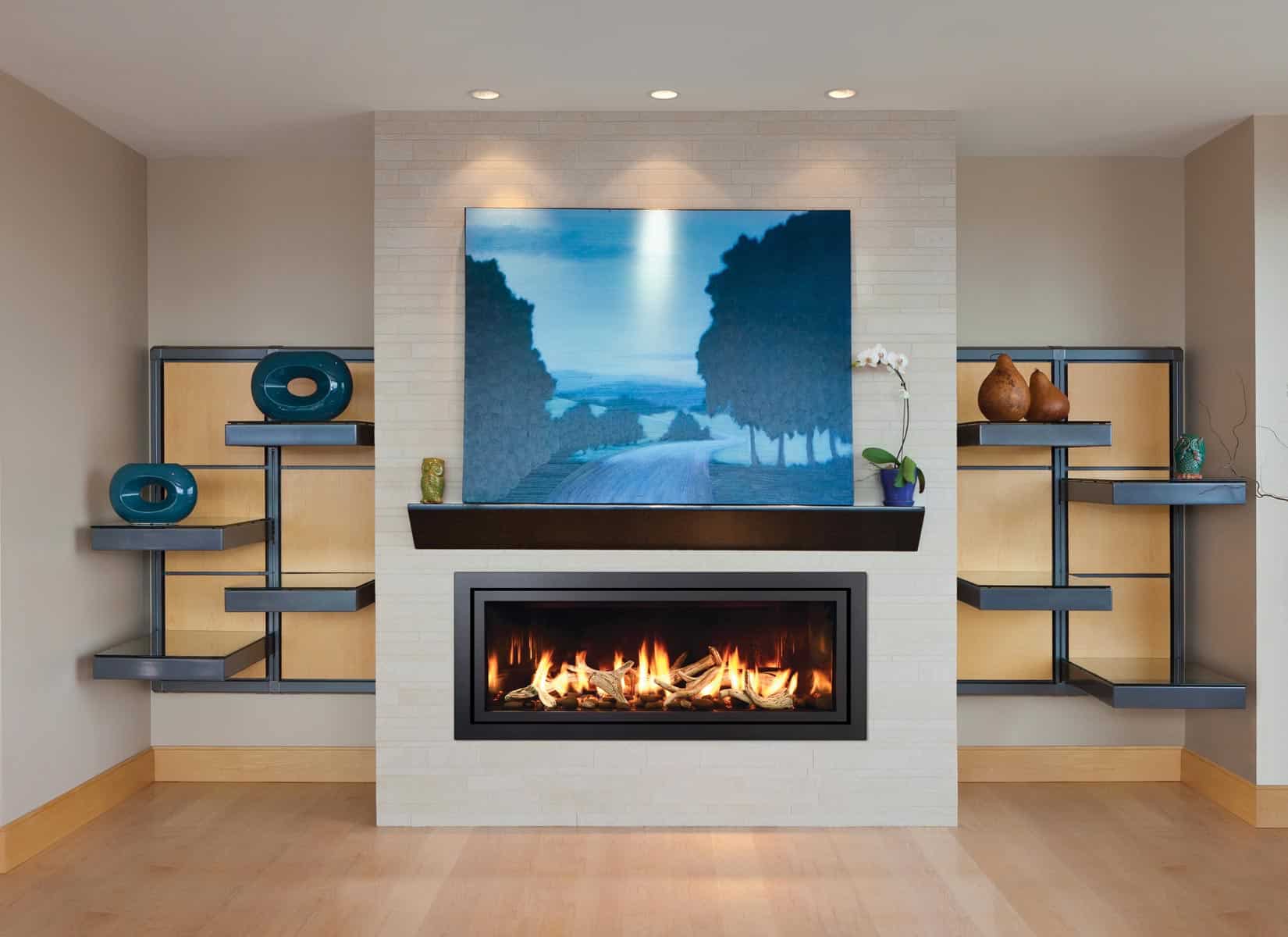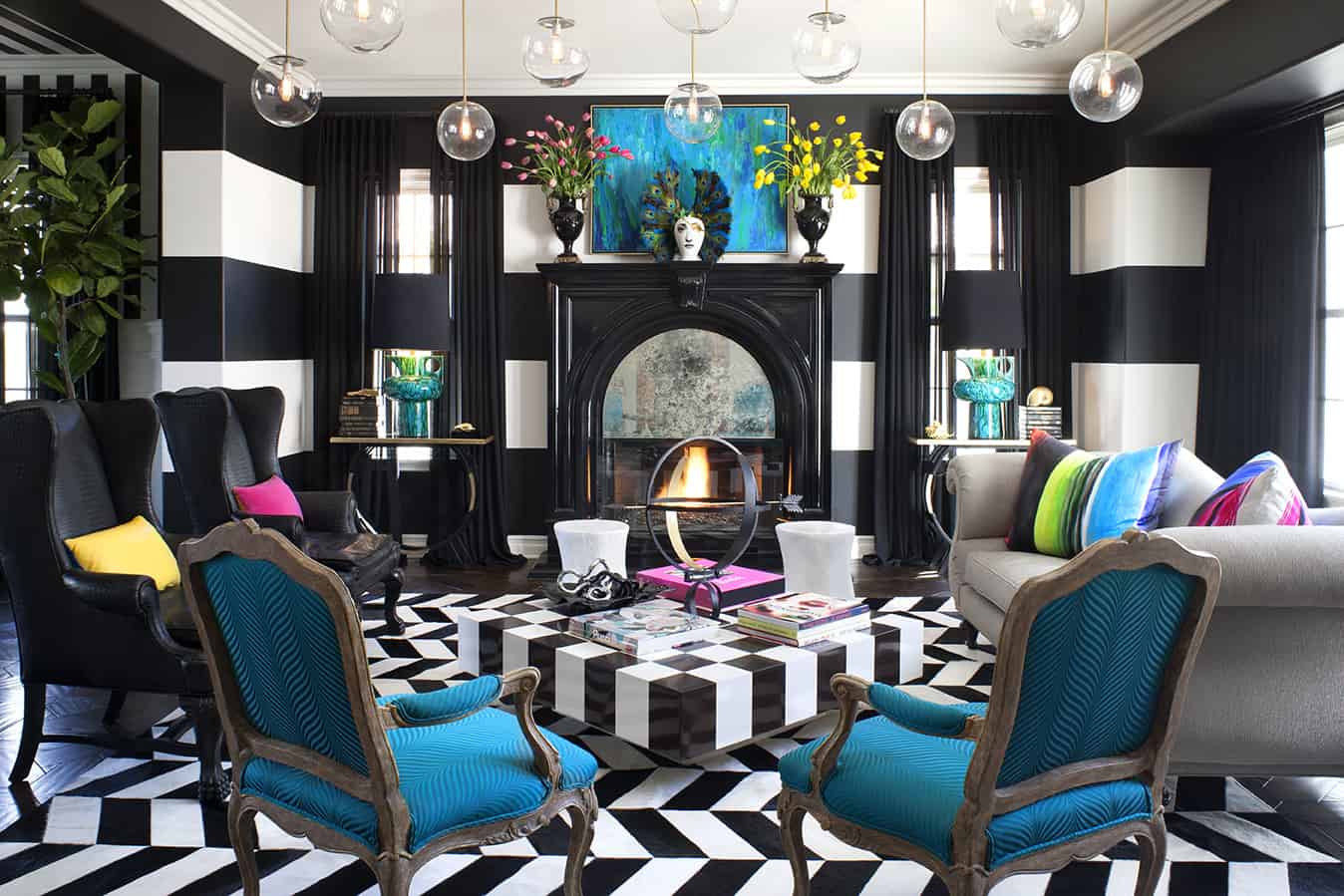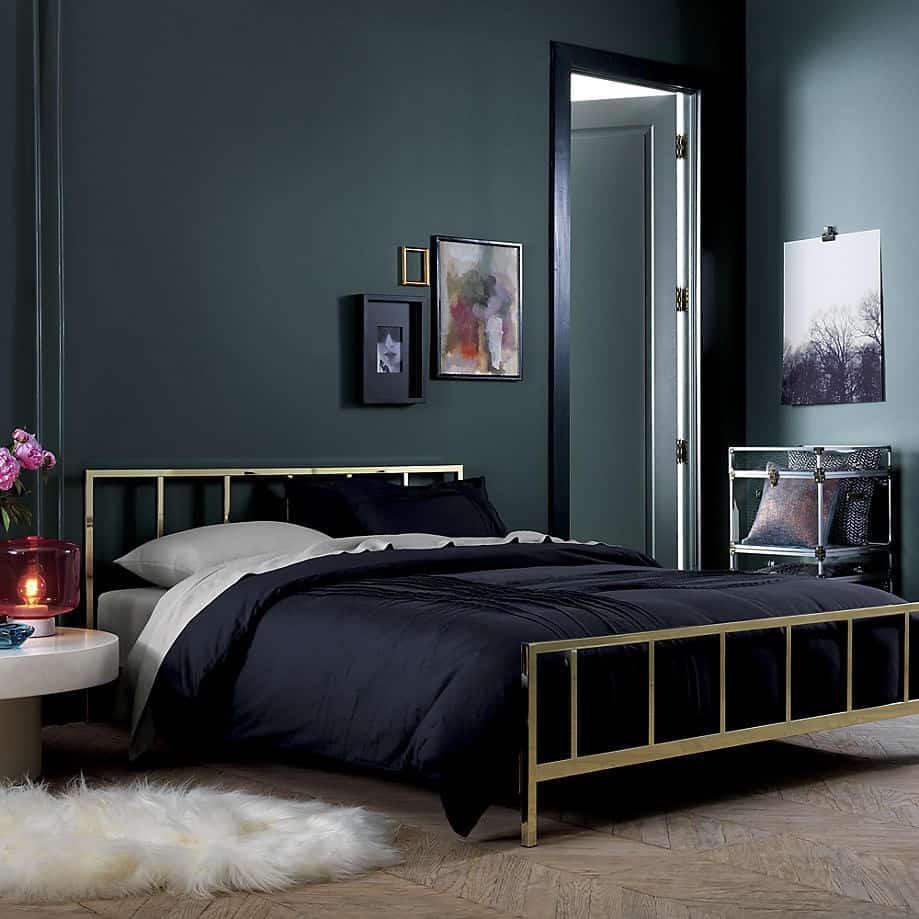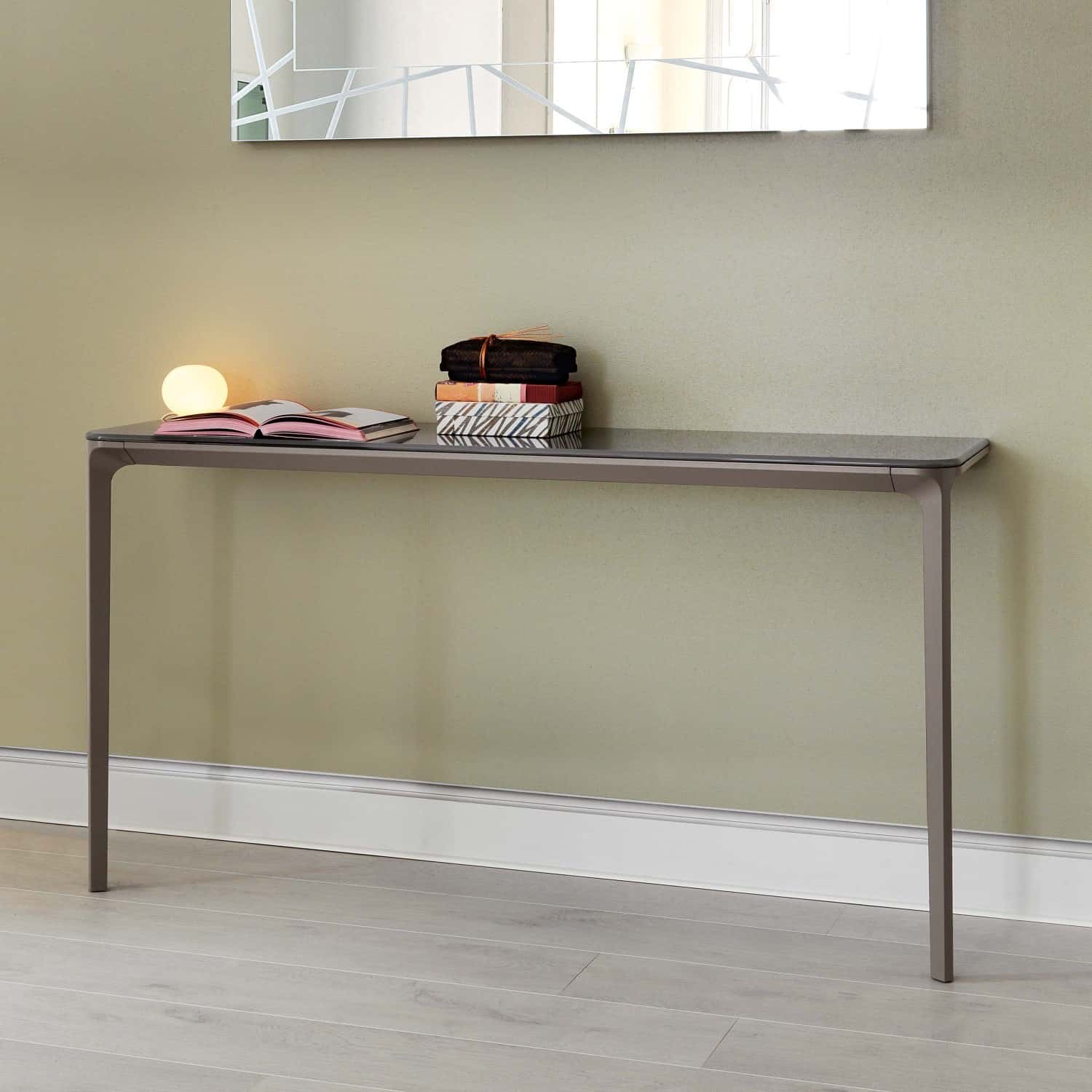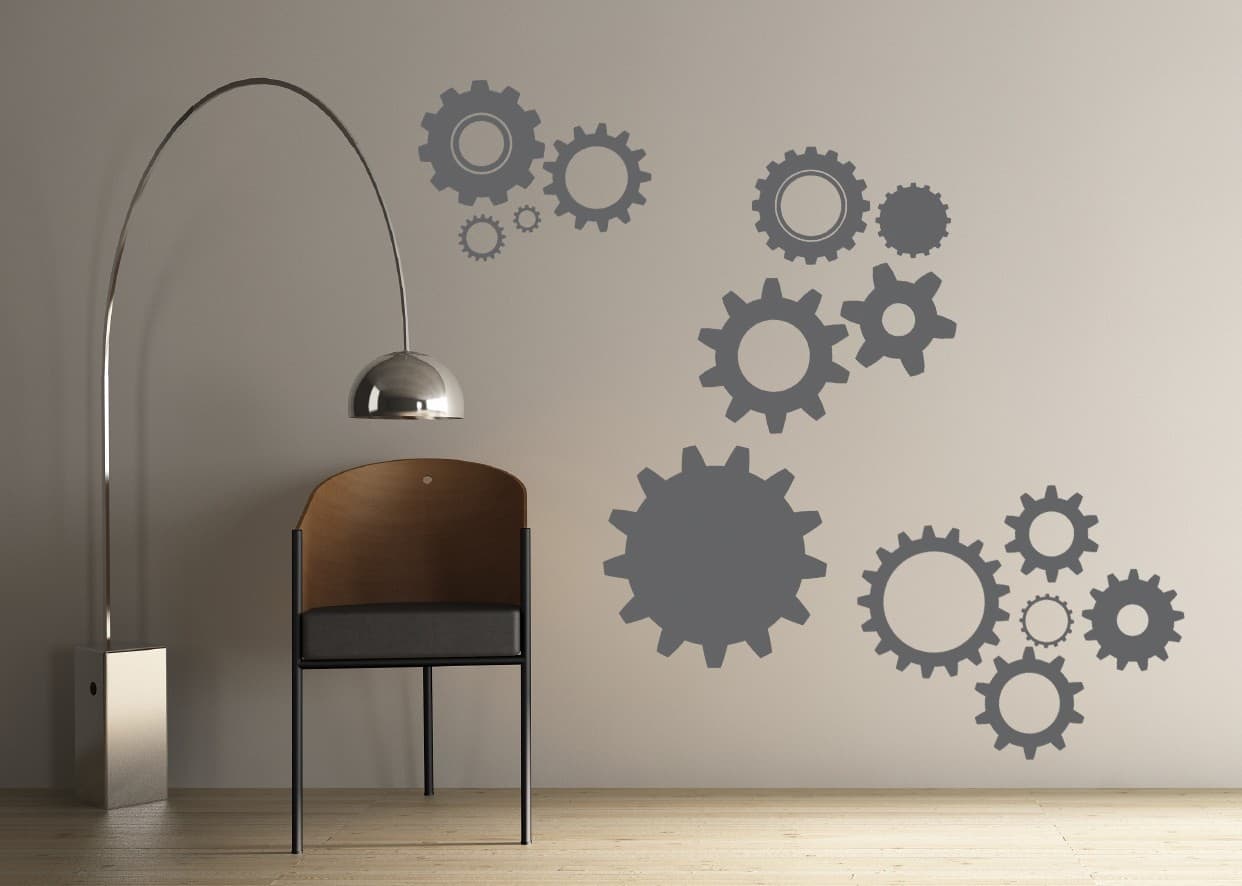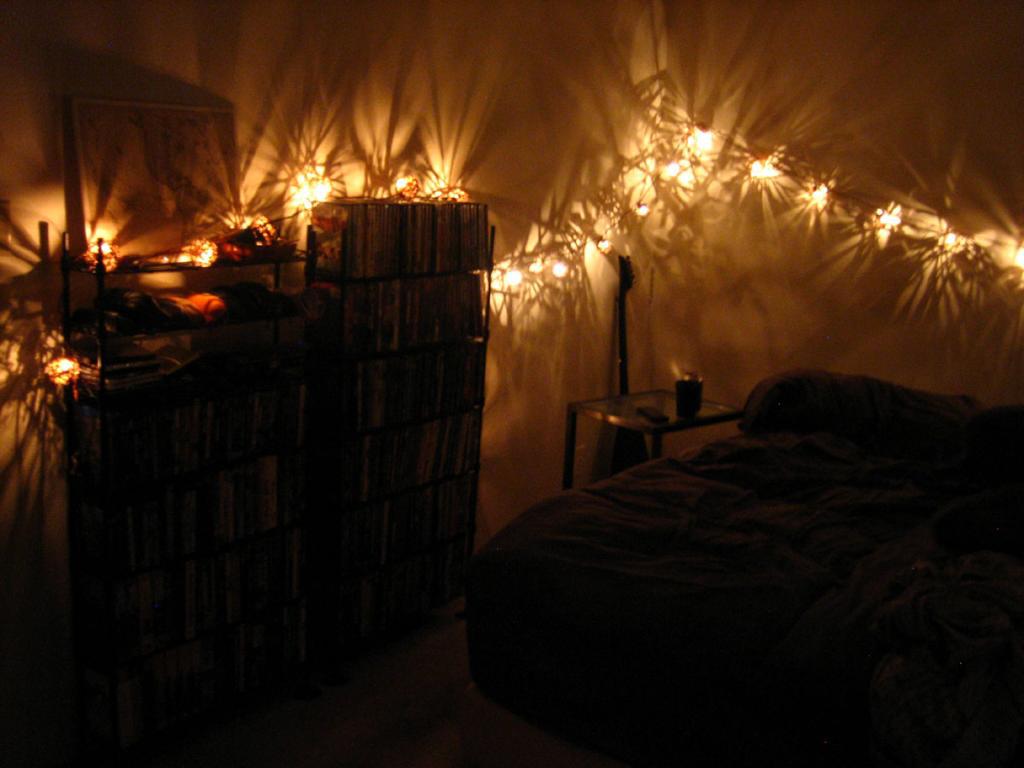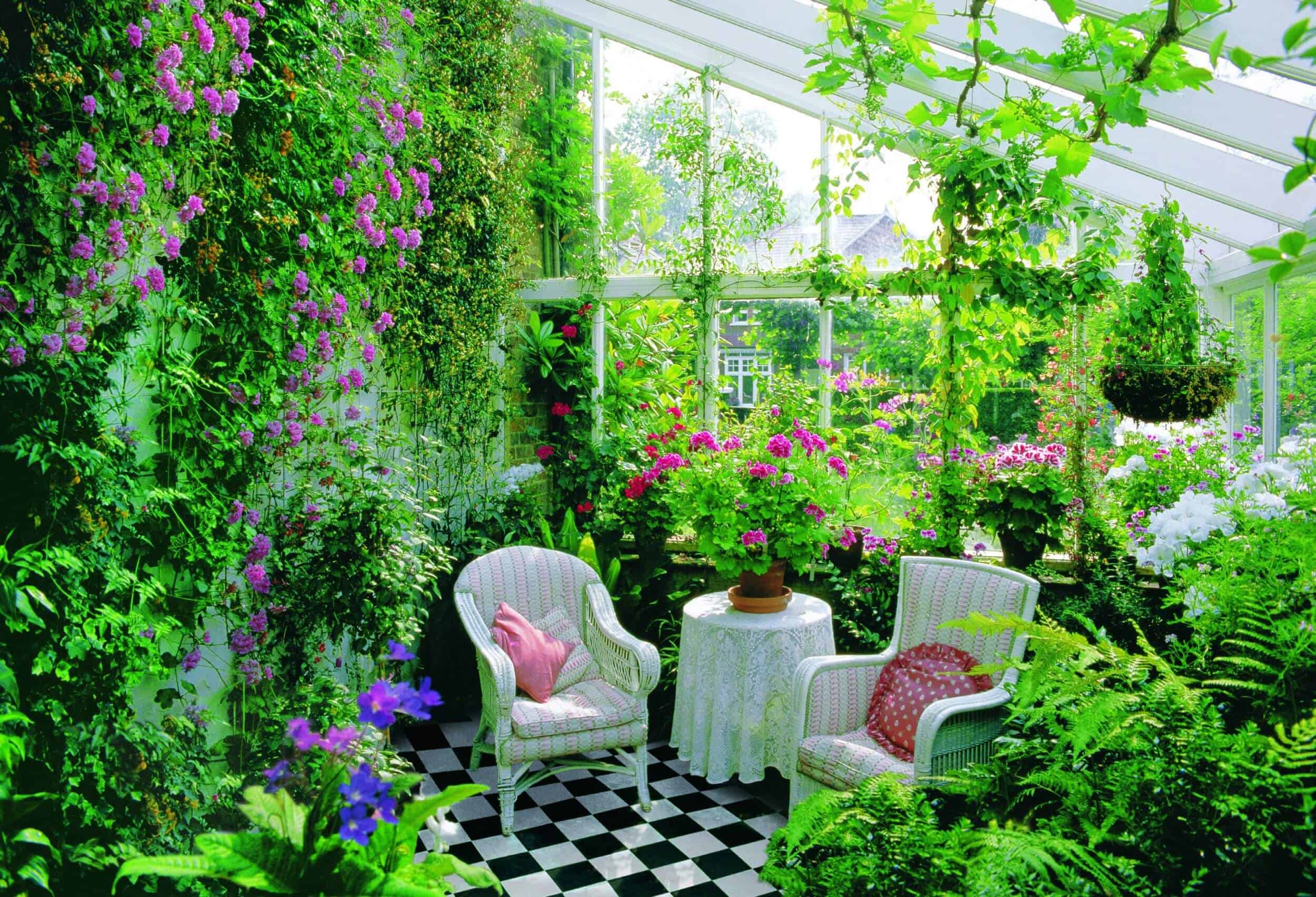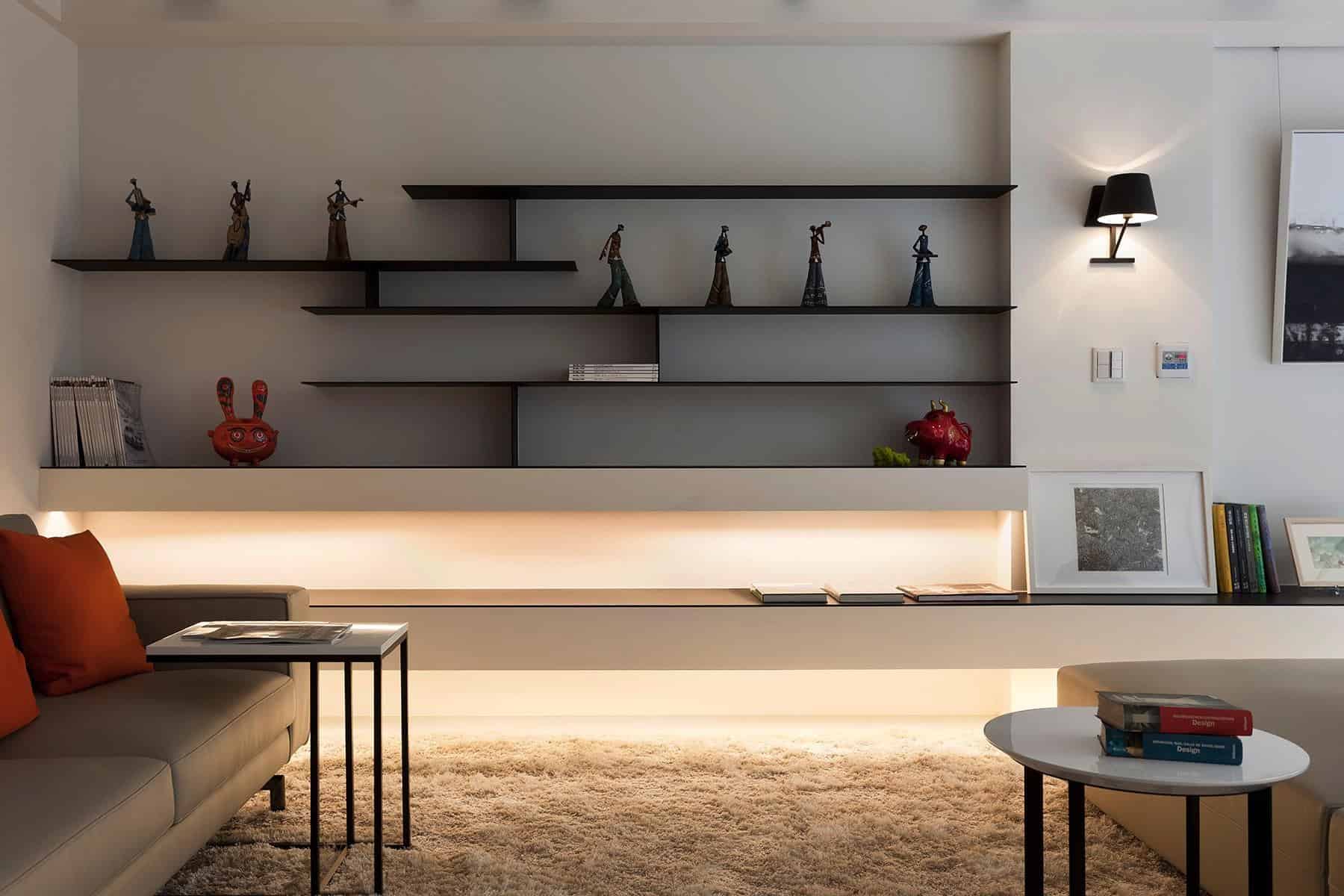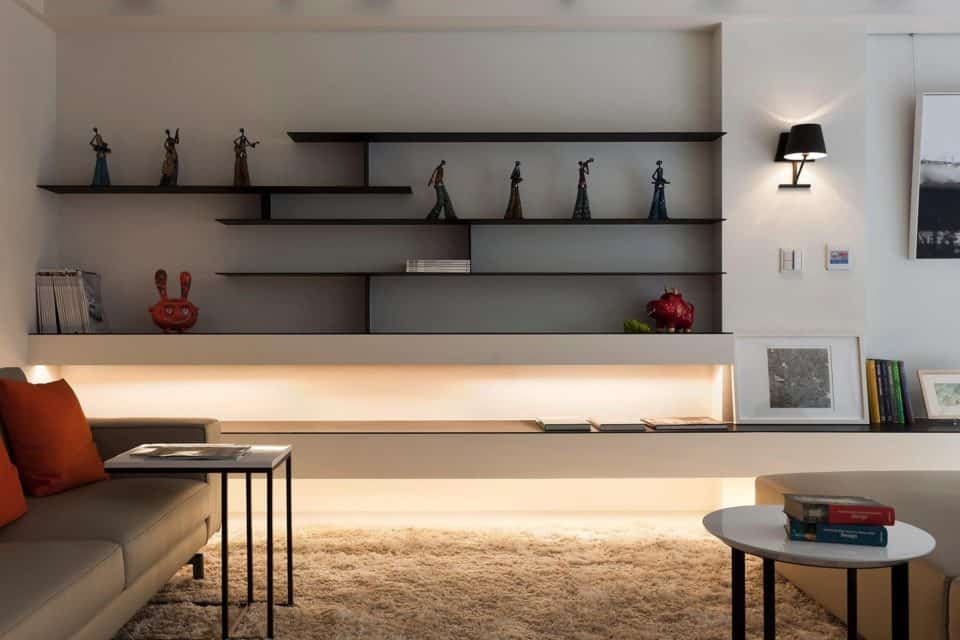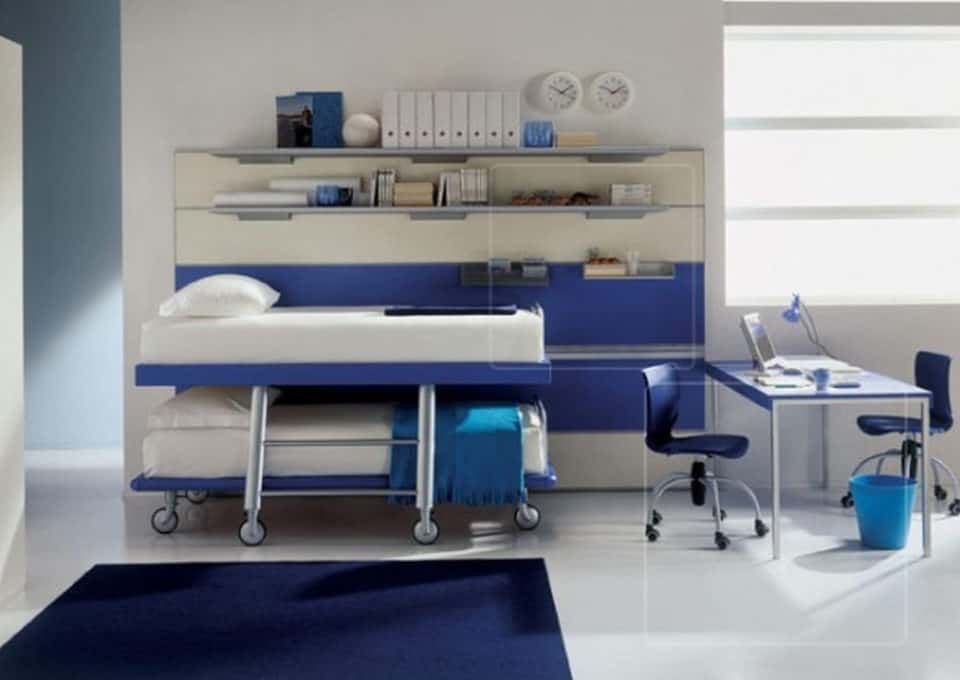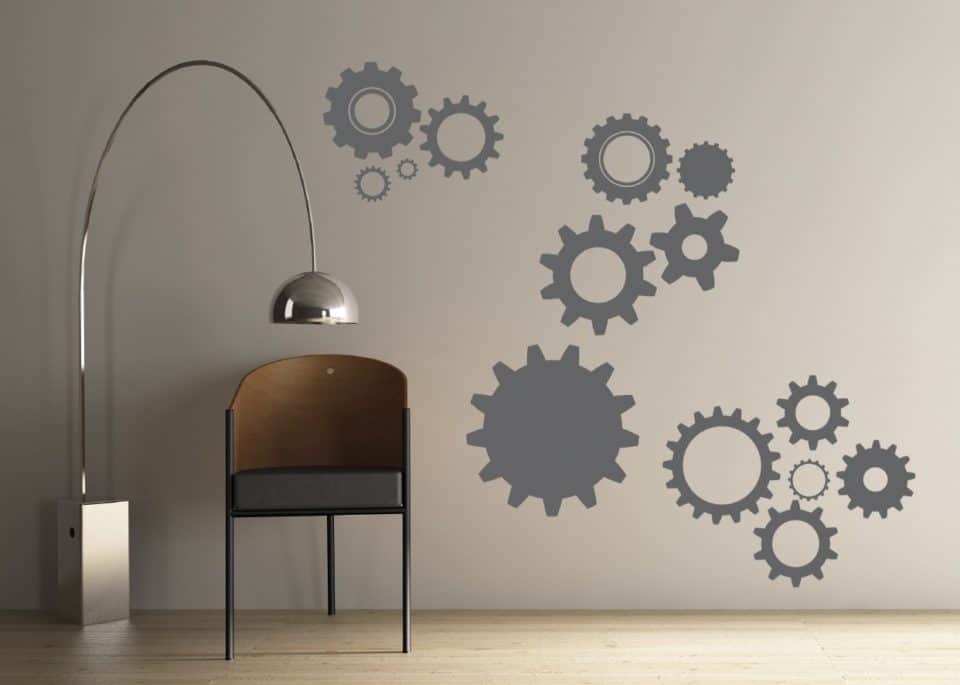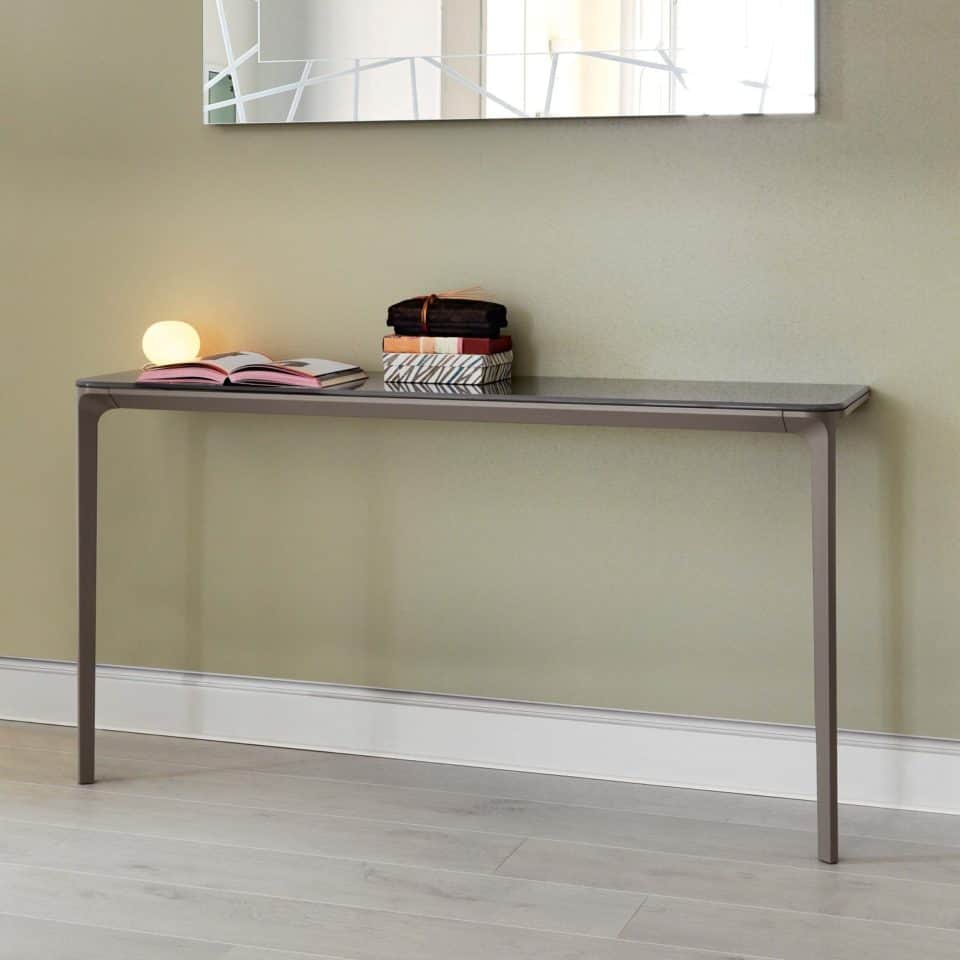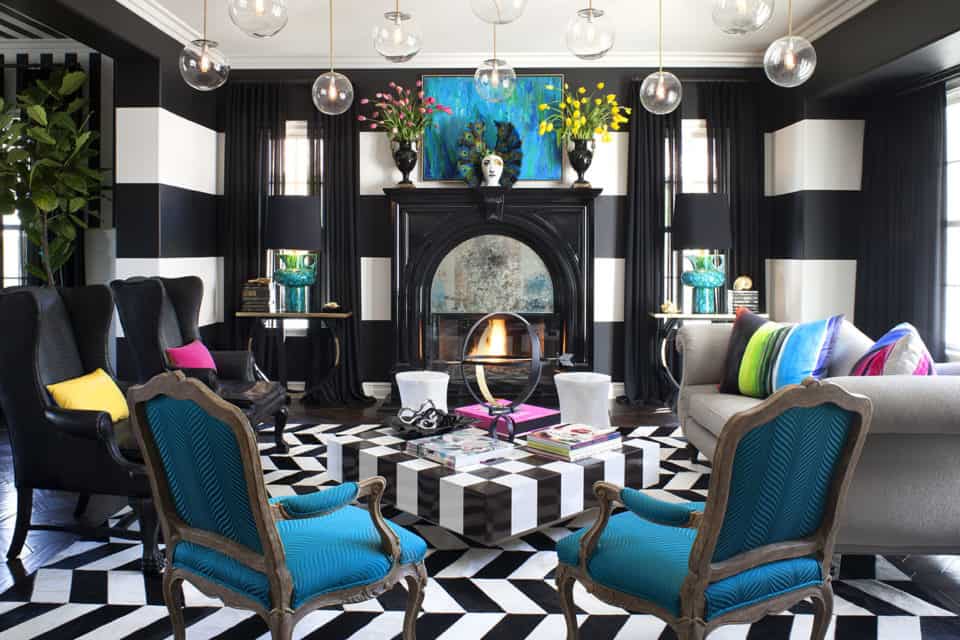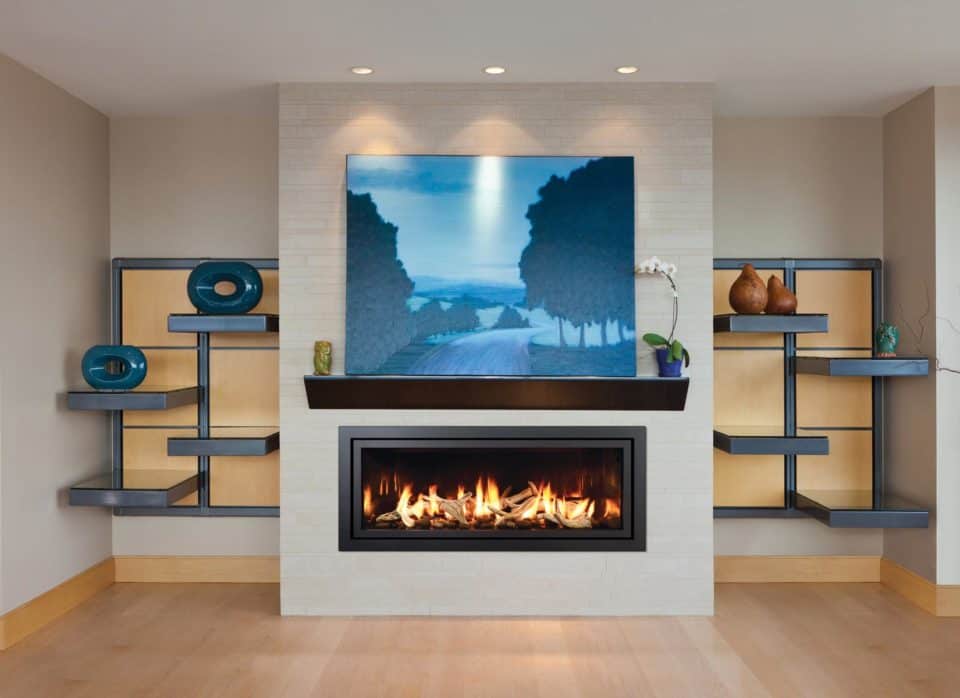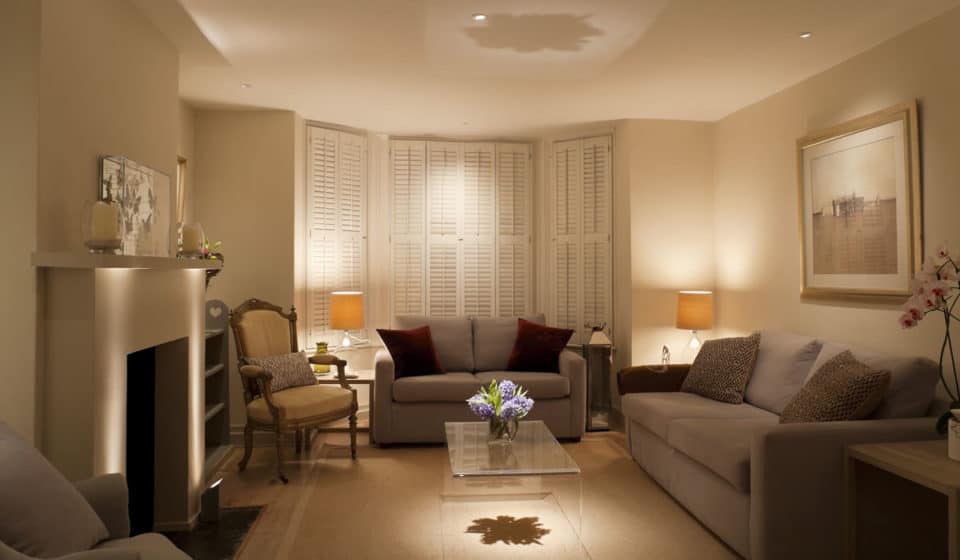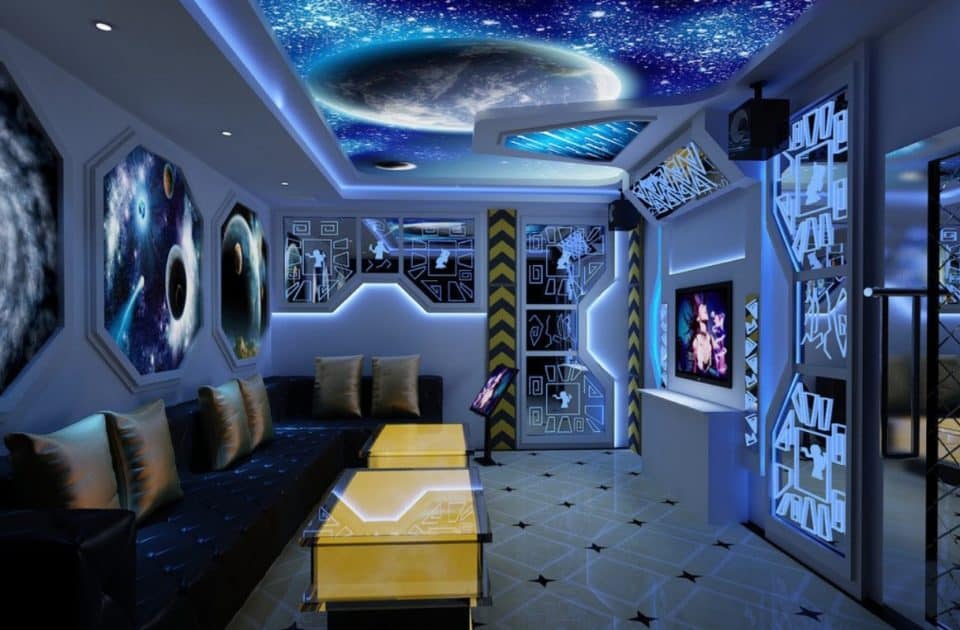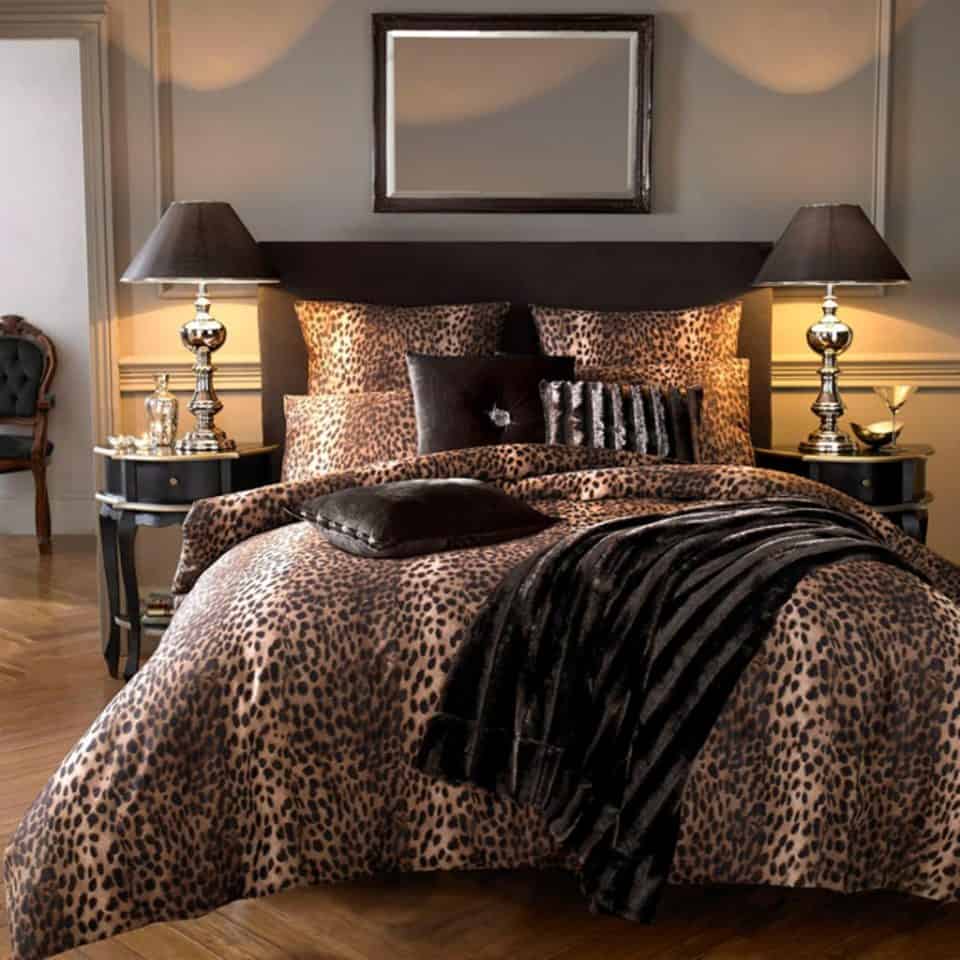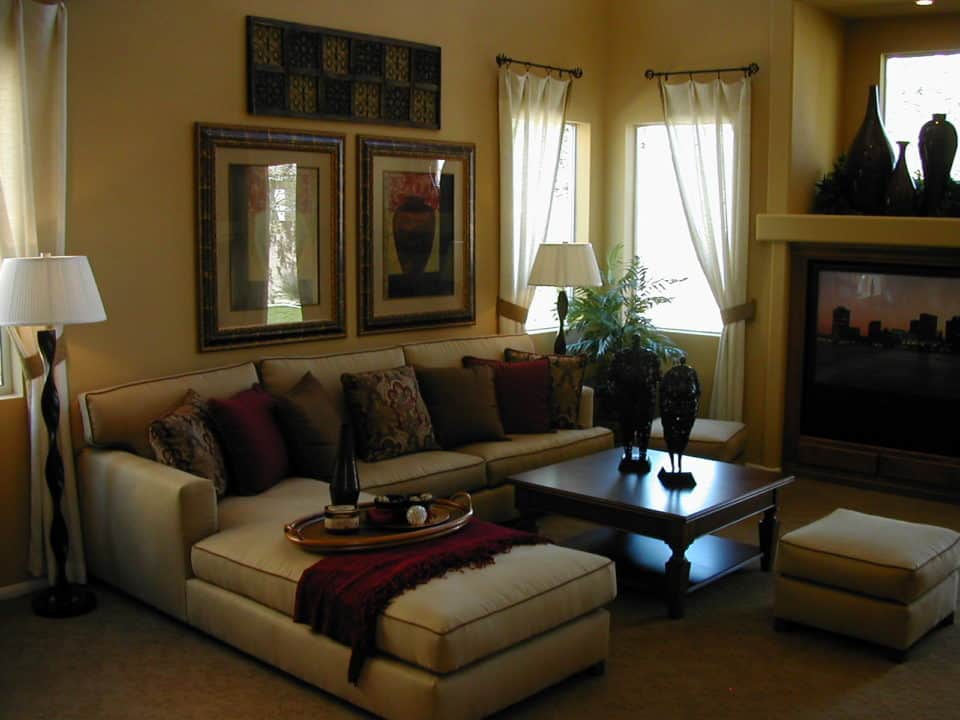By using the tips below, you can quickly and easily make the smallest of spaces into a cozy little nest that is worth showing off and does everything you need.
Think Up
The limited floor space of a single room requires creativity in finding a way to get it looking snappy. Rather than thinking of the space as limited square footage, consider how much you have to play with vertically and create layers from the top down or bottom up. Split the room into a top, middle, and bottom, then stack designs like Lego blocks.
Plenty of Plants
Small rooms often suffer from weak ventilation and disuse. Putting in plants will help to scrub the air to prevent mustiness from creeping in, and compensate for poor air movement by removing toxins from the atmosphere for easier breathing. They’re also lively and innately colorful, ideal for animating a dreary space.
Hide Everything In Plain Sight
Too many cabinets or dressers quickly suck up the free space in a room. To provide a more open feel, opt for shelves in place of closets or nightstands, and use communal tables to promote togetherness while maximizing space. Learning to arrange your stuff into an accessible and aesthetically pleasing system will pay dividends in any room you choose to enhance.
Master The Mason Jar
There’s a reason that every decent shade tree mechanic and carpenter has racks of mason jars on hand. These are easy ways to keep items in place that also bring their own homespun charm. Turn them into candles, fill them with lights, use them for crafting gear, or leave them alone to catch the afternoon light.
String Lights
The illusion of space is often achieved most easily by changing the lighting arrangement. Bright, overhead bulbs are good for illumination, but tend to be stark, making a miniature space seem even smaller. By using strings of lights, you create shadows in the corners and edges of a room, which makes it feel larger, and adds a sense of mystery without actually changing anything.
Wear Out The Walls
Hang stuff like mad when you’re decorating a single room, as there’s loads of real estate in the form of walls. By creating a busy appearance to the sides of a room, it creates a greater sense of activity, which adds utility to a spot, giving a sense of enhanced depth, if not more true size.
Thin Out Your Furniture
Large, clunky pieces such as a massive four-poster bed, overstuffed sofas, and dense, hardwood dressers all look good, but they’re terrible to use when inches count. Opt for more slender, airy furnishings. Cut down on the thick, solid feel wherever you can and choose decorations that fade into the background.
Leave The Paint Until The End
Deciding what color to paint a room is often the end of the conversation. Many will get stuck, unable to decide. Others will want to paint it forty different colors, all of which clash. Still others will be daunted by the painting process and it will mar their entire decorating experience. Rather than fretting, decorate the room, then let the natural hues determine the paint.
Think At Eye Level
Most people’s eyes land around 57″ from the floor. In galleries, most art is hung at this level to keep patrons interested. If you’re decorating a place, getting that single layer right can be the difference between success and failure. Begin by merely making the eye-level of the room attractive, then flesh out around it.
Don’t Overtheme
It’s easy to get a good idea and beat it to death. A few sand dollars alongside nautically-striped bedsheets is a cute notion. Add in driftwood furniture, a hammock, beach chairs, oceanside artwork, and a giant stuffed squid and you’ve gone too far. A little goes a long way in a single room, so there’s no need to pile on.
Draw Focus
A focal point is a simple way to make a place come together. Focal points usually exist at the opposite end of the room from the entrance. Walk in, see where you’re staring, and put something there. A piece of art, a bright window, a big mirror, or an antique piece of furniture works well for this purpose.
Layer Your Lighting
Stringing lights is a way of handling this, but using a lot of mood lights above, below, and around creates texture. By putting in some subdued lights, hiding a few bulbs out of immediate sight, or crafting a whole tableau scheme is often all the decor you’ll need to make the simplest areas shine.
Stand Out
When all else fails, don’t be afraid to get loud when you’re decorating a petite plot. Doing a whole house in circus tent colors is obnoxious. Do it in a room, and you can chalk it up to temporary insanity. If you’re out of ideas, throw absolutely every madcap notion at the problem and see what sticks.
Small, Swappable Accents
Accents in a small room should be likewise pretty miniscule. Aim for items you can pick up and move around, as this provides the room with a dynamic feel that allows it to be changed with minimal effort. Pillows are good, as are the aforementioned mason jars, plus lots of lighting options to keep you busy.
Rely on Prints
A major piece with a nice print often solves most of your troubles. A rug with a busy body, a sofa or bedspread that has a bold look, or a simple wallpaper scheme might be all you require.
Aim for Comfort
Cozy is always the word to consider when decorating a single room. The room is never going to be spacious, so make sure it’s enjoyable to sit, lay, and rest. Ugliness is quickly forgiven in the name of comfort. Related Reading: The Best Antique Shops Online and In Person
Ignore the Rules
It’s your place. Don’t let anyone tell you the right way or wrong way to do it. Paint it black from top to bottom and give everyone a black light to see their own fluids. Anything goes.

